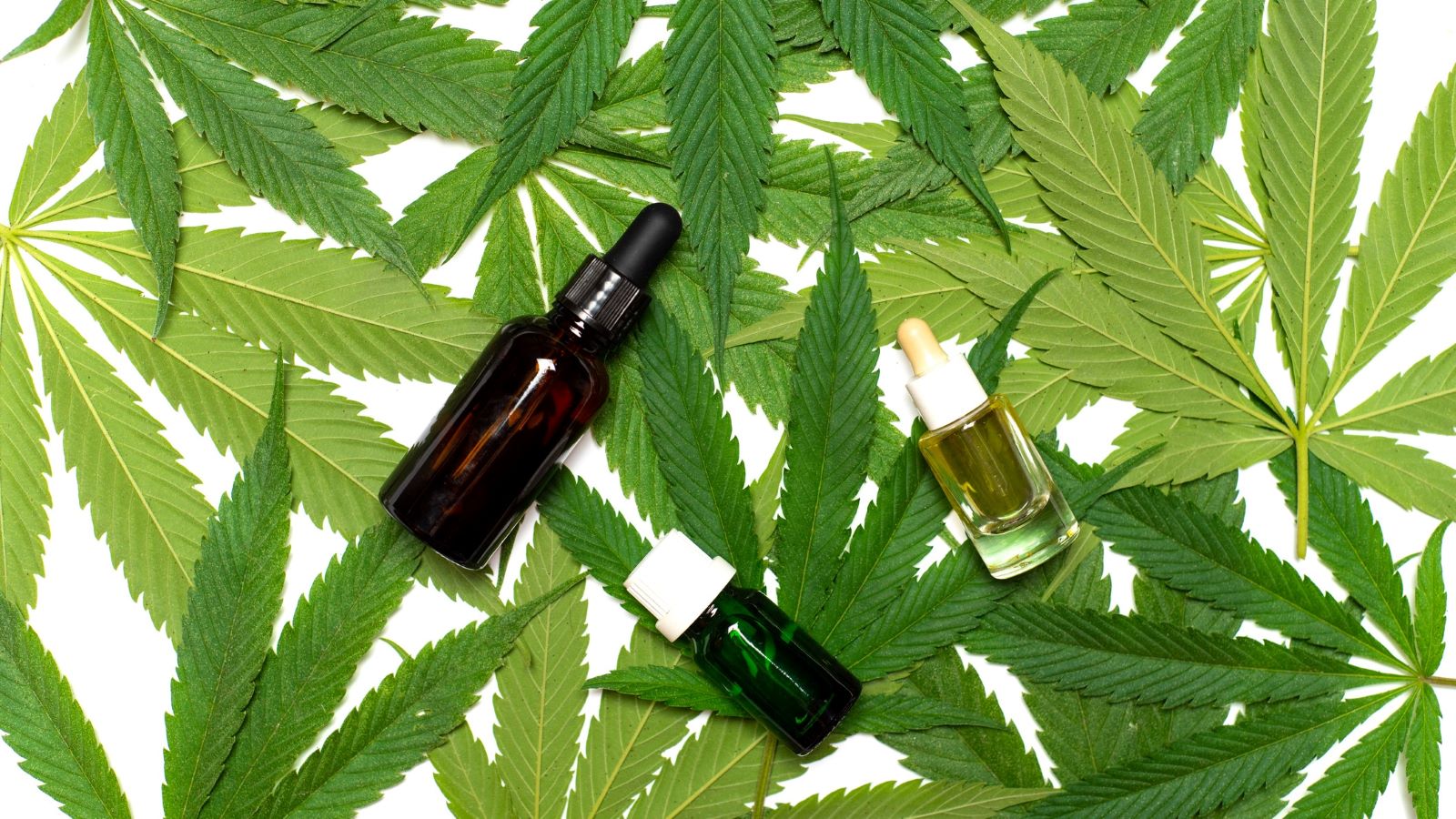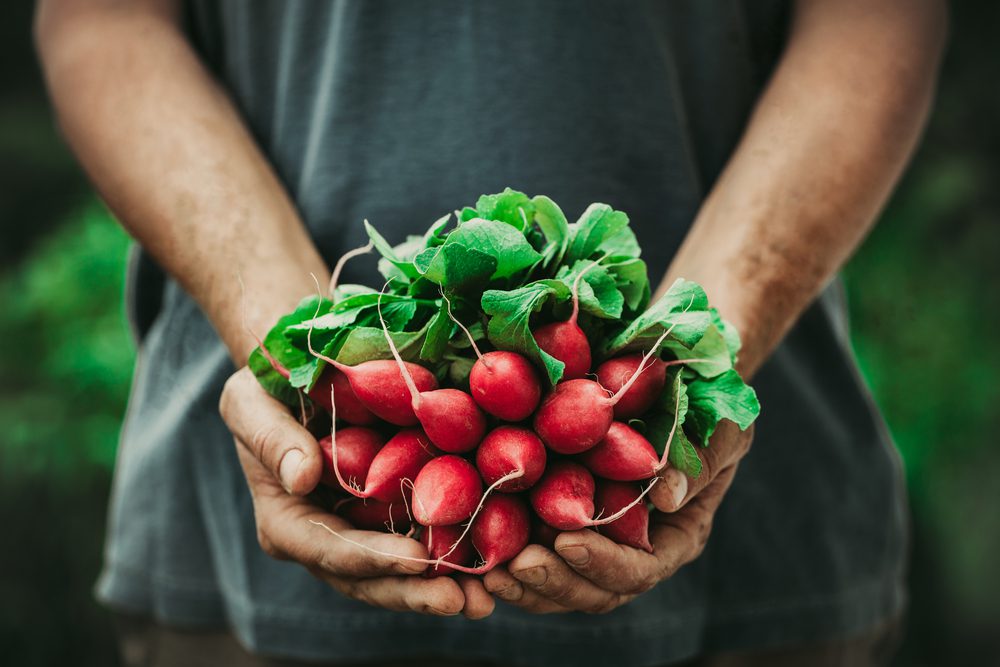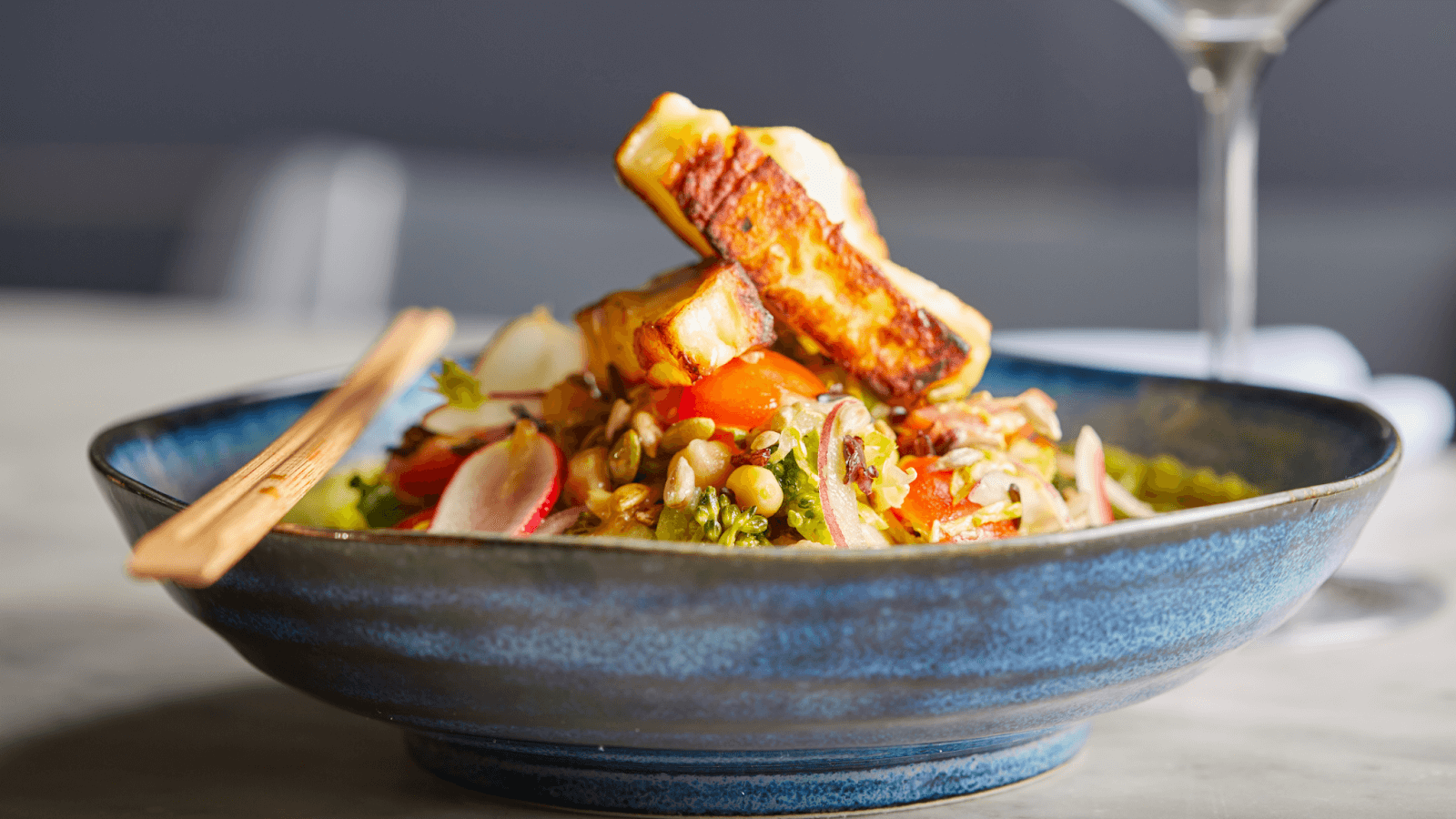What Are Pollinators?
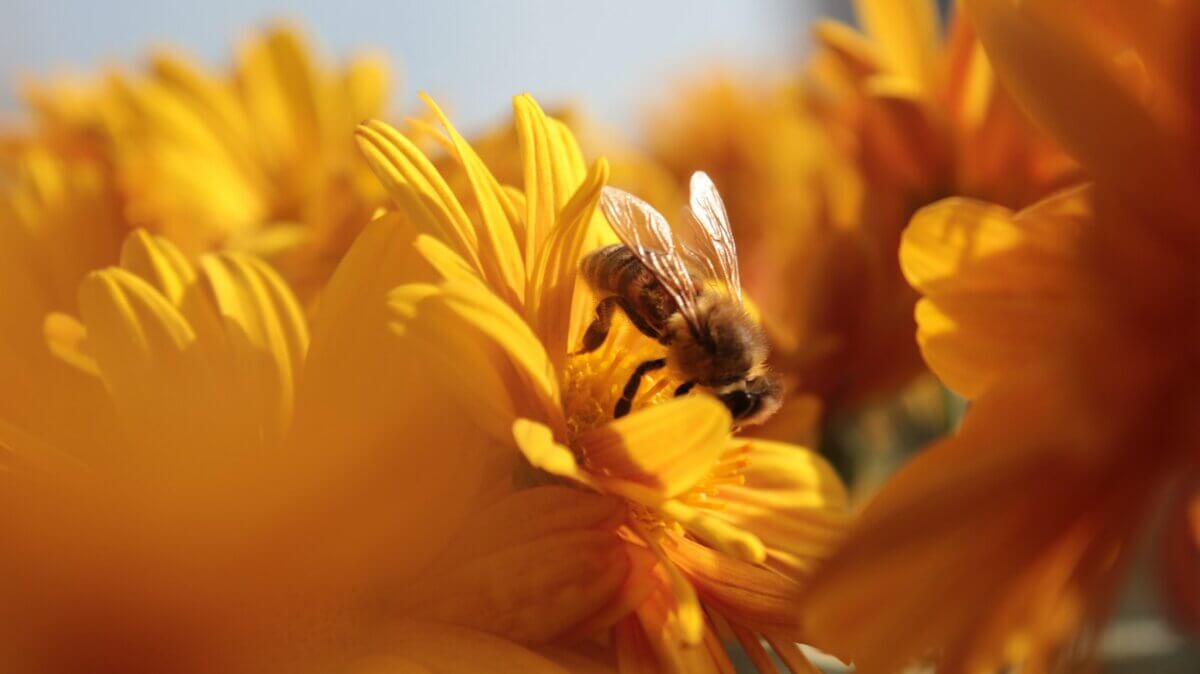
Pollinators are living creatures that help carry pollen from the male part of one flower (the stamen) to the female part of the same or different flower. Yes, there is such a thing as cross pollination. I’ve had interesting varieties of columbine flowers after pollinators transferred from my marigolds to columbine — creating a columbine flower that had the texture of a marigold.
Pollinators include birds, bees, wasps, ants, bats, butterflies, moths, beetles, flies, ladybugs, and animals like the black and white ruffed lemur, giraffes, elephants, and many others. Even deer and dogs can help with pollination as the pollen clings to their coat until it’s brushed off against another plant. Pollen can also be transferred from one flower to another by the wind.
What Is Pollination?
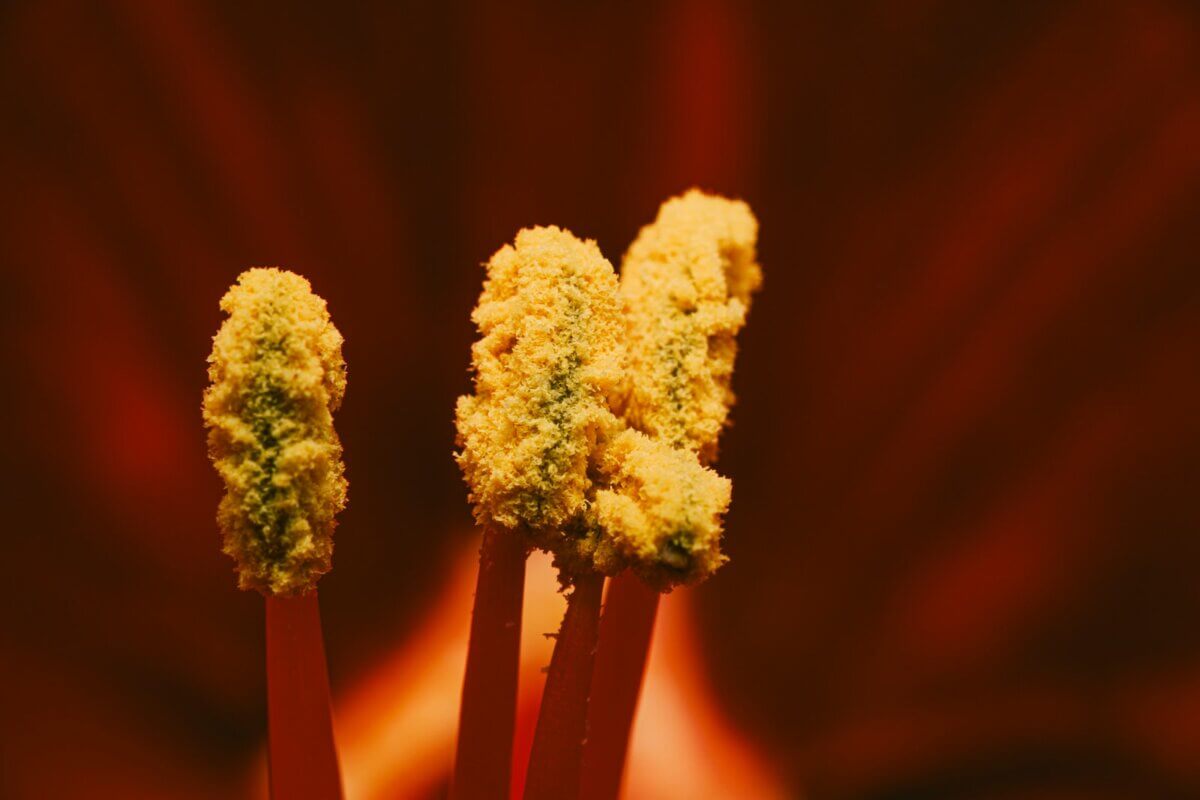
Quite simply, pollination is a means of fertilizing plants. Without pollination, there will be no flowers or fruits. Without flowers and fruits, there will be no viable seeds to ensure a new crop of the plant in future years.
Why Is Pollination So Important to Humans?
Well, for one thing, it affects our food chain. At least 1,000 plants that are grown for food, beverages, fibers, spices, and medicines, need to be pollinated by living creatures in order to produce the product. In the United States, pollination by insects, produces $40 billion a year in viable products. These products include staples such as apples, all types of berries, chocolate (can’t live without chocolate), coffee, melons, peaches, pears, tomatoes, potatoes, pumpkins, vanilla, almonds, and much more. I was surprised to learn that potatoes needed pollination, but they, too, produce flowers that nurture the underground fruit that we depend on.
Should We Be Concerned About Our Pollinators?
Yes. Honey bees in particular are greatly threatened. Over the past ten years, the U.S. has lost over 50 percent of its honey bee population. In 2022, the tasty, sweet byproduct of honey bee pollination (honey, of course) lost close to half its pollinators in Canada. Fewer honey bees, fewer pollinators; less honey, less produce that depends on honey. The loss may well surpass $1 billion in honey production.
Pollinators around the world are suffering from loss of natural habitat, chemical misuse and overuse, diseases, parasites, and newly introduced and often invasive plants and animal species. And all because the pollinating plants are suffering. Without pollinators, plants suffer and our food supply suffers. The bottom line is that we need to protect them.
What Can We Do to Help Pollinators?
For one thing, we can focus our gardens on pollinator-friendly plants. Instead of lawns, we need to nurture the native plants like dandelions (which are not weeds any more than grass is https://insteading.com/blog/why-you-should-keep-your-dandelions/) and other wildflowers.
Simply put, do you want to save our planet and make it livable for centuries to come? Then plant a pollinator-friendly garden. And do other good things we need to help.
- Reduce, reuse, recycle — how many times have we heard that catch phrase (perhaps we haven’t heard it enough)?
- Support locally grown foods, especially organic foods that are pesticide free and good for the environment and the pollinators.
- Lower your carbon footprint by walking whenever and wherever you can, or cycle, use public transit, carpool, or, work and study virtually.
- Make your voice heard. Vote for the future leaders that have our planets best interest at heart (and I’m not talking about those who believe another tax — a carbon tax — will save the environment).
What Are Some Pollinator-Friendly Plants?
Imagine a world with no lawn to cut weekly. Remember the carbon emissions from gas-powered mowers aren’t good for the environment. I’d love to get rid of my lawn. In fact, I’m already on the path to doing just that. Wildflowers are much prettier and they don’t need to be mowed.
Related Post: Plants That Will Help Save The Bees
Here are some of my favorite pollinator-friendly plants.
Bee Balms
Perhaps the name says it all. Pollinators love bee balms. I enjoy watching the honey bees and hummingbirds hover over my bee balms every summer. They certainly attract pollinators: https://insteading.com/blog/bee-balm/
Marigolds
This is one of my favorite annuals. I find this plant seeds well and will keep reappearing year after year. Lots of color choices, too.
Foxglove
Also known as Digitalis purpurea, foxglove is a popular biennial. Sadly, I haven’t had much luck with this plant, but I do love seeing it growing in the wild.
Hebe
I had never heard of this plant before. It’s not surprising as hebe is found in the southern hemisphere, most often in New Zealand where it boasts 90 species. It’s actually an evergreen shrub with pretty purple flowers that bloom in summer, and lasts through the fall.
Cardoon
Another one I was not familiar with — probably because it’s native to the Mediterranean. At first glance, it looks like a Scotch thistle, and it’s identified as a thistle in the sunflower family.
Sunflower
Dubbed as the “happy flower” because it mirrors the sun and the energy provided by the heat and light, a sunflower is considered an herb. Beekeepers often grow fields of pollinator-friendly sunflowers to encourage pollinators.
Red Hot Poker
Also called the torch lily due to its vibrant red, yellow, and orange flower spikes, red hot poker is native to Africa.
Hydrangea
Another one of my favorites. Its pink, blue-purple, and white, puffed flowers make a great ornamental shrub to complete any garden design.
Dahlia
I love my dahlias, but I have to remember to winter the bulbs indoors, digging them up before the first frost.
Echinops
Commonly known as globe thistle, this plant is native to the United Kingdom. Its bold, globe-shaped blue or white flowers will fill any field with color.
Fuchsia
I love fuchsia, but have to admit I had better luck growing this plant while living in British Columbia than I do in my current, cold winter climes of Ontario. I had one huge shrub in my Victoria garden that grew as tall as me and boasted many blooms almost all year.
Lavender
Who doesn’t love the smell of this herb? Its tiny purple flowers attract pollinators of all shapes and sizes.
Prairie Mallow
Similar in appearance to a miniature hollyhock.
Hollyhock
Another favorite of mine. It blooms midsummer with many colorful flowers on tall stalks.
Poppy
This delightful flower comes in multiple color choices. Sadly, it blooms only briefly, usually in the spring.
Borage
Borage is native to the Mediterranean, and known as the starflower.
These are just a few select choices to consider — depending on where you live and what grows best for you. There are many more pollinator-friendly plants to choose from, and if we all do our part to encourage pollinators in our gardens, we will not only enjoy the beauty of a colorful garden, but also the ecological benefits of these pollinators doing their job. Let’s save our planet one pollinator at a time.





